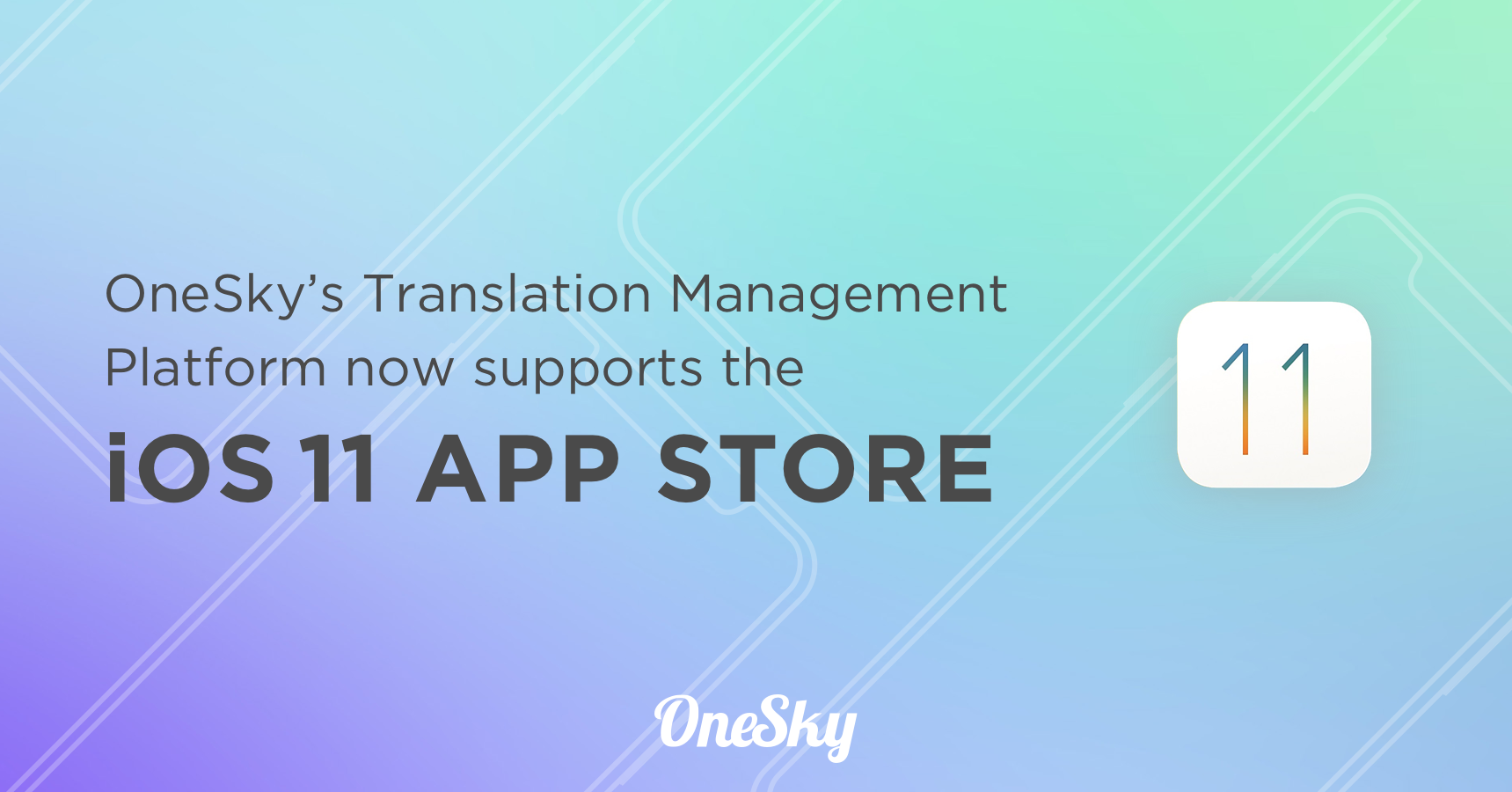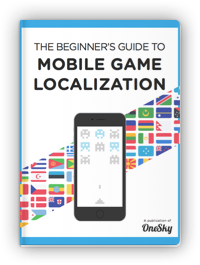Expanding Horizons: Mastering App Store Localization
The global app market was valued at $206 billion dollars in 2022 — leaving many entrepreneurs and app creators feeling the pressure of immense competition in their respective spaces.
The main question on everyone’s mind? How can I set myself apart in my industry and secure my place in the ocean which is an app store?
Below, we’re going to cover the main way that you can strategically set your app apart in the space using app store localization. This process allows you to target your ideal audience members using metadata elements on your app product page by language, helping make your app a global hit. We’ll also be reviewing challenges you should anticipate in the process and how a translation management system can help you to streamline and scale quickly.
The Impact of App Store Localization
While many app listings are shown in English in the app store, there are about 650 million weekly visitors worldwide — many of whom may not speak the language. They may be more apt to purchase apps (or to complete in-app purchases) with offerings that are tailored to their needs, which is where strategic use of app store localization comes in. This would boost your installs and overall authority in the Apple App Store and Google Play Store, respectively.
We understand that this can come at an up-front cost. However, with the App Store generating $1.1 trillion dollars in 2022, it’s fair to say that it’s a worthwhile investment.
All app types can benefit from strategic internationalization and localization efforts, resulting in more app downloads, customer retention, and app growth overall. We see this in iOS app types and those designed for the Google Play store.
Let’s take a look at CoinSplash — a casual play app that experienced 101% more global app downloads after employing ASO localization strategies.
While localization of app metadata is enough to propel your app to popularity, the team at CoinSplash decided to double down on invested costs and pursue paid advertising after the final product was ready for launch. In-app ads, Apple Search ads, and other ad forms (such as those on social media) were kept in place after the launch phases, amplifying organic reach (via localization) and keeping a steady stream of downloads coming in over time.
This helped solidify CoinSplash’s authority and awareness in the “spin to win” category of gaming.

Now that we’ve seen the effects of localization on the success of an app entering new markets, it’s time to take a look at where to start when it comes to our app store optimization efforts.
The top 10 different languages to consider as you begin your localization work can include:
- French
- German
- Portuguese
- Turkish
- Spanish
- Italian
- Chinese
- Japanese
- Dutch
- Arabic
We do want to note that if you choose to optimize your app description for these languages, you also should consider doing research by region to ensure that all elements of dialect are correctly presented. For example: French might be spoken slightly differently in France compared to the French-Canadian that we see in Canada. Spanish might also differ between dialects seen in Mexico and Spain.
Securing a human translator who speaks the primary language of translation can be helpful, assisting you in overseeing your workflow and other, later localizable tasks.
Challenges of App Store Localization
Now that we’ve taken the time to discover the benefits that come with the localization of your app name, subtitle content, metadata, and more, it’s time to acknowledge the challenges — making a plan to strategically and effectively overcome them.
Character limits
Character limits can be frustrating and can seemingly limit the success of your localization efforts. The current character count for subtitles that the Apple App Store requires, and Google Play Store is 30 characters — which doesn’t seem like much at all!
However, there are some ways to make the most of your character limit space, allowing you to include localized keywords for any given language in a clear, crisp, and optimized way.
Having a translation management system that offers support (via a keyword optimization tool, localization support strategies, and a human translator) can help you determine the best initial presentation of your app.
Cultural nuances
Some elements of gameplay or app use can be lost if cultural nuance isn’t considered, possibly damaging your brand perception and awareness in the industry. Having a system that inherently considers this can limit your liability here and can be enhanced with the addition of a human translator or comprehensive translation management system (TMS).
Keyword optimization
Optimization of keywords(for both SEO and app store localization) is critical to consider — helping you secure your regional awareness and expand to other international areas. You can use a translation management tool or a human translator to determine what types of queries users are making in a given region and determine how you can leverage those into your app keyword strategy.
How Translation Management Systems Can Aid in App Store Localization
Translation management systems don’t just help you to limit liabilities. They work to completely overhaul your localization process, streamlining each step and offering you a higher degree of accuracy and cost-effectiveness.
Localization without a TMS in place can be more difficult — and can often be done with major holes or gaps in the user experience. Using a centralized system such as a translation management system ensures that no elements of translation are missed and that the customer walks away with the best overall perception of your offering, boosting revenue and directly affecting your longevity in the market.
Navigate App Store Localization with OneSky
If you’re looking to get into the billion-dollar market that app development is, you’ll need a comprehensive app store optimization and localization strategy at your side. Your localization strategy is your primary tool of differentiation in your app and industry space(s), giving you a roadmap to success on your journey to global expansion.
While it can be an upfront investment, we can assure you that it’ll be worth every penny. Users buy into and trust what they can understand — so having a high-quality, translated, and nuanced alternative for them to experience will only solidify their trust and belief in your offering and experience.
While there can be some difficulties throughout your localization process, most can be successfully addressed by a translation management system (TMS). This acts as your point of centralization that can help you organize, streamline, and execute every translation or localization task you have.
OneSky offers one of the most comprehensive and competitive TMS options on the market, connecting you with the simplicity of cloud management and the expertise of industry-leading subject matter experts and translators. For more information or to get started for free, please connect with us online. We look forward to serving you!



 Written by -
Written by - 

 Written by
Written by 


